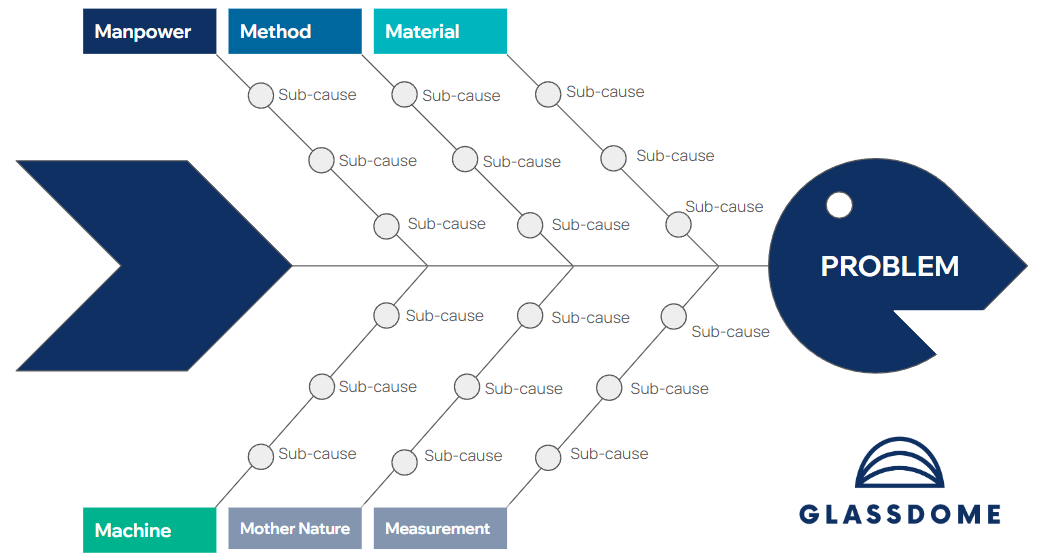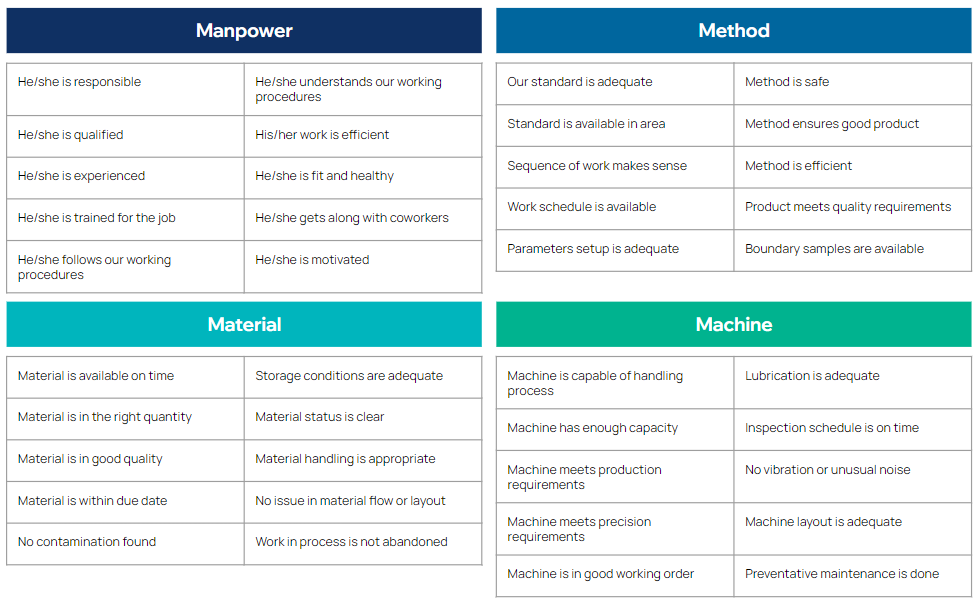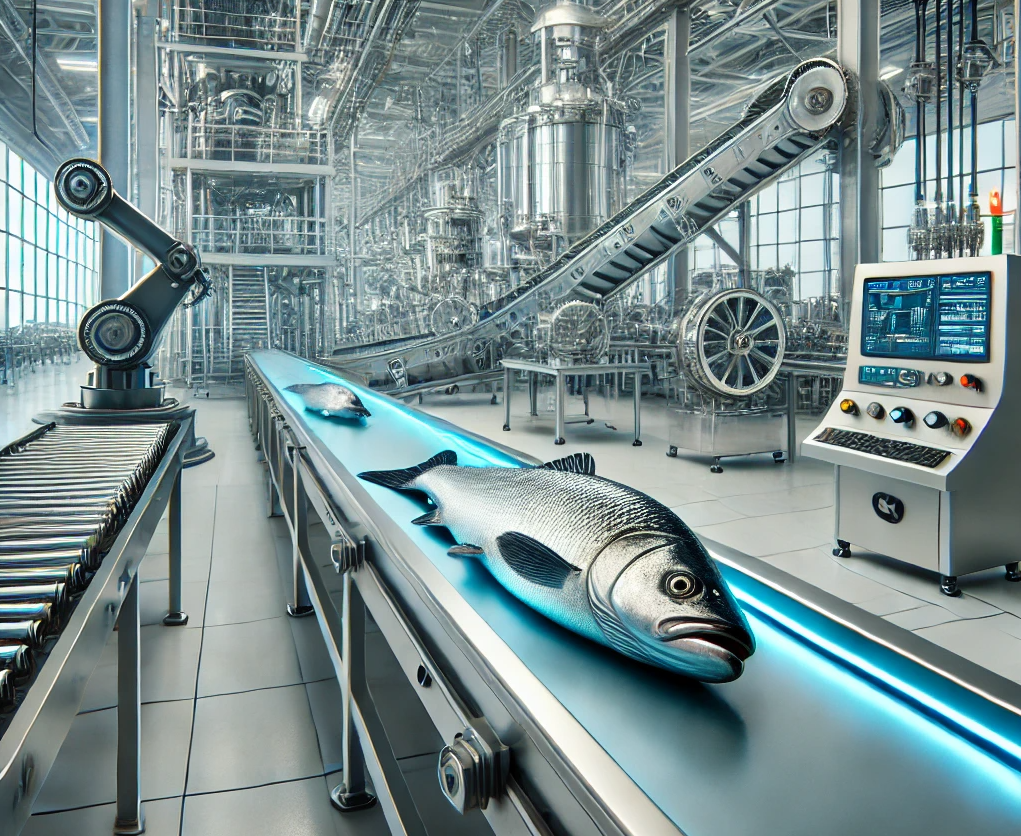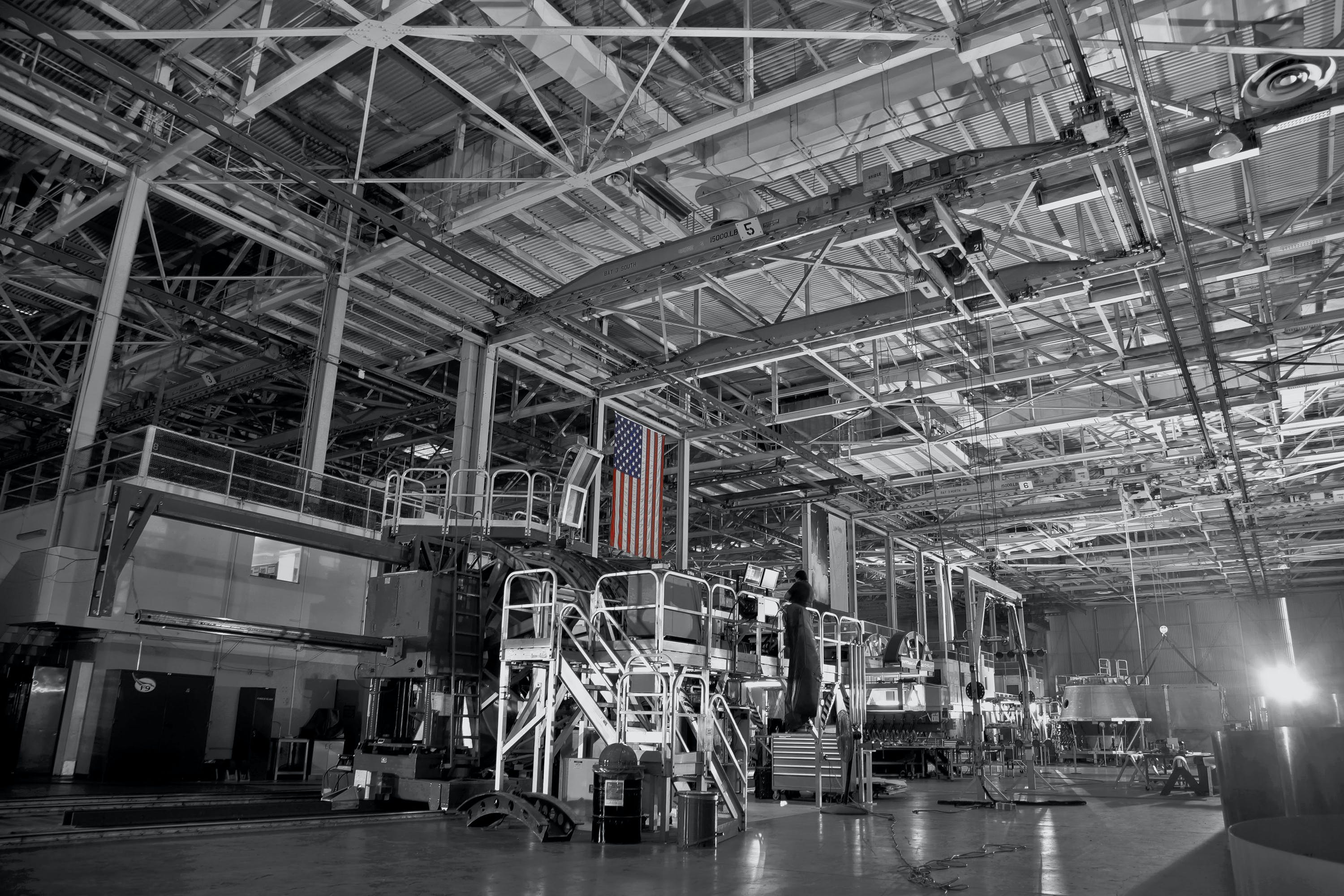When it comes to manufacturing, continuous improvement means more than simply making things better. It’s an organization-wide approach to driving major change through incremental improvements. When they adopt a continuous improvement approach, organizations take established processes, break them into manageable components, and make consistent incremental improvements.
It’s a methodology born from manufacturing and designed to increase productivity and efficiency, reduce waste, and improve employee engagement and customer satisfaction. And it’s holistic: it affects everything from C-suite decision-making to company culture on the factory floor.
It’s much easier to implement continuous improvement when you work with a software partner that knows how to get your manufacturing data and turn it into the reports and analytics you need. That’s what Glassdome does.
What are the key principles of Continuous Improvement?
Continuous improvement is based on five core ideas:
Most improvement comes from small changes, not total revolution: Continuous improvement is in some ways a broad implementation of the saying “don’t let perfect be the enemy of good.” Any idea, no matter how small, to reduce time-to-market, cut defects, or reduce waste is a good one.
Bottom-up change is as valuable as top-down: A culture of continuous improvement means that input from the factory floor, whether from employees or machines, is key to identifying and implementing useful changes.
Improvement doesn’t need to be expensive: Many continuous improvement initiatives lead to streamlining process steps, fixing broken processes, or reducing waste. Simple changes in mindset and better data flow can actually cut costs and save money.
Improvement engages employees: By empowering and upskilling staff, manufacturers can retain and improve the staff they already have while they refine their processes.
Improvement should be measurable: You should be able to track improvement through metrics like reduced costs, lower takt time, fewer defects, or improved customer satisfaction.
What are the origins of Continuous Improvement?
Continuous Improvement is based on kaizen. Kaizen is a Japanese philosophy and professional methodology based on creating major improvements in one’s life through small daily changes.
Kaizen was adopted by manufacturers tired of large top-down initiatives crumbling in the absence of experimentation, necessary data, and team input. They found that a consistent culture of making things better helped make changes stickier and less risky.
Major manufacturing leaders like W. Edwards Deming and Taiichi Ohno (we’ll come back to him later) codified the continuous improvement approach in methodologies like Total Quality Management and Lean Manufacturing.
Why do manufacturers need Continuous Improvement?
Manufacturing companies around the world face enormous challenges, from labor shortages, to rising input costs, to aging equipment. By implementing a continuous improvement plan, manufacturers can make themselves more adaptable, efficient, and profitable.
Continuous improvement strategies can solve multiple challenges at once. These include:
- Improving quality
- Cutting down on waste
- Lowering operating costs
- Increasing workplace safety
- Enhancing efficiency
- Increasing employee productivity & buy-in
- Reducing staff turnover
- Enhancing agility
The world continues to change rapidly. The adaptability and resilience built into companies with a culture of continuous improvement helps ensure that they don’t get caught flat footed. While competitors stall and flounder, they can quickly start evolving.
How does Continuous Improvement connect to Lean Manufacturing?
Continuous improvement approach means getting better each day through small-scale refinements and adaptations built on bottom-up input and data. Lean manufacturing is a systemic approach to increasing efficiency and cutting waste through empowering employees and streamlining processes.
While the two are subtly different, they are naturally symbiotic. A culture of continuous improvement makes lean manufacturing work better.
Lean manufacturing has its origins in the automotive industry, with Henry Ford’s assembly line and the Toyota Production System developed by Taiichi Ohno. But the lean approach can be adopted by any manufacturer.
Lean manufacturing is built around a four-part cycle: Plan, Do, Study, Adjust. Through consistent use of this cycle, lasting changes are built and strengthened.
In that cycle, lean organizations are guided by five principles (defined in the book Lean Thinking by James Womack and Daniel Jones):
Identify Value: Understand what customers want and are willing to pay for. Deliver products and services that meet those needs in the least wasteful way possible.
Map the Value Stream: Identify and codify every step and process involved in creating and delivering your products or services. Include any delays that happen between those steps.
Create Flow: Remap the value stream to channel a smooth flow of work, focusing on the handoffs between teams and departments. Cut down on interruptions, delays, and bottlenecks to increase efficiency.
Establish Pull: Adopt a system where customer demand drives (pulls) production and material movement. By producing only what customers need when they need it, you avoid overproduction and excess inventory.
Seek Perfection: Cultivate a culture of reflection, continuous improvement, and empowered problem-solving. Create better processes by striving for perfection at the employee level.
Integrating continuous improvement with lean manufacturing leads to the best of both worlds. A culture of innovation and engagement with a structure for waste reduction and process improvement.
How can I implement Continuous Improvement?
Continuous improvement is an approach, a mindset, and a culture, built into one. The fact that it’s not one-size-fits-all makes it adaptable, but it can also leave managers wondering where to start.
Workflow tools like Kanban, systems like 5S, and techniques like Root Cause Analysis can all be helpful.
But all of them rely on good data. Good data is where impactful continuous improvement starts. Without accurate, timely information, quick and effective changes can’t be made.
That’s where Glassdome comes in.
The Glassdome Continuous Improvement solution gives you all of the data you need from your factory floor, in a form you can understand and use.
Our consultants come to your location and connect your machines to our IoT gateways to start acquiring process data. Our manufacturing expertise means we can even pull useful data from older machines, machines that use proprietary software, or machines that aren’t connected to the internet.
Once the data pipeline is established, we work with you to build a real-time overview of your processes, from basics like downtime and pace of production to advanced analytics like flight paths, takt time, and more.
With that information, you can improve your processes in real time. And with customizable, actionable reports, you can measure your progress month-over-month (or week, or year).
Want to start implementing a continuous improvement plan? Our staff of manufacturing experts can help. Get in touch today, and let’s have a conversation.













